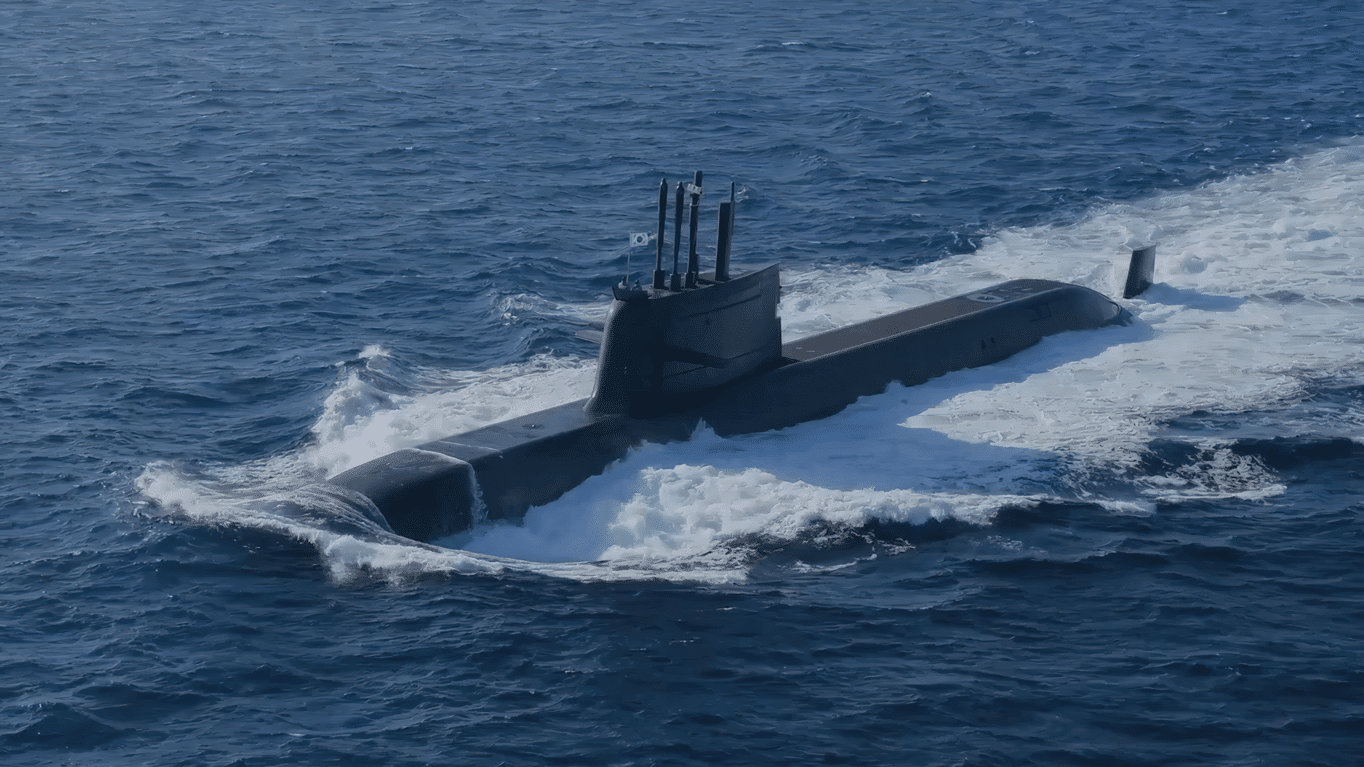South Korea’s ambition to develop a nuclear-powered attack submarine (SSN) capability reflects its commitment to enhancing its defense posture amid escalating regional security challenges. With North Korea’s advancing submarine-launched ballistic missile (SLBM) capabilities, growing tensions in the Indo-Pacific, and the intensifying US-China rivalry, South Korea’s SSN program has the potential to strengthen the Republic of Korea (ROK)-United States (US) alliance. Under a potential second term of Donald Trump’s presidency, characterized by transactional diplomacy and heightened demands for burden-sharing, South Korea’s SSN ambitions will require not only domestic resolve but also active and robust support from the United States to maximize their strategic value for the alliance.
While South Korea’s SSN program seeks to enhance its strategic autonomy, its success and impact on the alliance are closely tied to US backing. Nuclear-powered submarines are technologically complex and require advanced operational know-how, which South Korea will need to develop over time. The United States, as a global leader in undersea warfare, is uniquely positioned to provide critical support in technology transfers, operational training, and strategic planning. The development of SSNs would significantly bolster South Korea’s ability to counter North Korea’s SLBM threat, filling a critical gap in the alliance’s deterrence posture. North Korea’s growing submarine fleet and undersea nuclear capabilities pose challenges to both South Korea and the United States, threatening the credibility of US extended deterrence in the region. By supporting South Korea’s SSN program, the US can reinforce the alliance’s collective security and demonstrate its enduring commitment to defending its ally against evolving threats.
US support for South Korea’s SSN initiative would send a strong signal of alliance solidarity to regional actors, particularly China and North Korea. Such support would showcase the US’s willingness to invest in strengthening the military capabilities of its allies, countering perceptions that Trump’s transactional approach undermines long-term security commitments. South Korea’s SSNs have the potential to elevate the operational cohesion of the ROK-US alliance by enhancing capabilities in anti-submarine warfare (ASW), intelligence-sharing, and joint patrols. These submarines’ extended range and endurance make them ideal for participating in broader Indo-Pacific missions, including freedom of navigation operations (FONOPs) and the protection of critical sea lanes. With active US support, South Korea can better integrate its SSNs into joint operational frameworks, ensuring their contributions align with broader alliance objectives.
US assistance in the form of joint exercises, simulation-based training, and access to advanced technologies can accelerate South Korea’s development of SSN operational expertise. By fostering interoperability between the two navies, the alliance can strengthen its ability to respond to contingencies, including North Korean provocations and maritime security threats posed by Chinese assertiveness. At the strategic level, South Korea’s SSNs can serve as a deterrent against regional adversaries while complementing US force projection in the Indo-Pacific. The United States should recognize the broader value of South Korea’s SSNs as a means of sharing the security burden in contested waters. By supporting the program, Washington can reduce the operational strain on its own navy while increasing the overall effectiveness of allied forces in maintaining regional stability.
While South Korea’s SSN program offers significant benefits for the alliance, its success will depend on overcoming several challenges and aligning priorities with the US. The high cost and technological demands of SSN development require substantial investment and expertise. For South Korea, securing access to key technologies, such as nuclear propulsion systems, will likely require strong diplomatic efforts to gain US approval. Given the sensitive nature of nuclear technology, the US’s active and sustained support will be critical in ensuring the program’s viability. The program must also be framed as a mutually beneficial initiative to address concerns within the Trump administration about burden-sharing. By emphasizing how SSNs enhance the alliance’s overall capabilities and contribute to US strategic objectives, South Korea can position its program as an investment in regional security rather than a unilateral pursuit of autonomy. Additionally, South Korea must navigate the geopolitical implications of its SSN ambitions, particularly in the context of US-China competition. While China is likely to view South Korea’s SSN program as an escalation, US support can help mitigate potential fallout by framing the initiative as a defensive measure aligned with the rules-based international order. Active US endorsement would also lend legitimacy to South Korea’s efforts, countering criticism from adversaries.
In addition to operational and strategic benefits, the SSN program provides an opportunity to deepen diplomatic ties within the ROK-US alliance. The pursuit of SSNs can serve as a platform for renewed dialogue on the alliance’s future direction, fostering greater alignment on regional security priorities. South Korea should actively engage the US in high-level discussions to ensure sustained support for the program while demonstrating its commitment to shared goals. Public diplomacy will also be critical in reinforcing alliance cohesion. South Korea must clearly articulate how the SSN program strengthens not only its national defense but also the broader ROK-US alliance. By framing the initiative as a collaborative effort, South Korea can garner greater domestic and international support, countering potential skepticism about its intentions.
For the ROK-US alliance to remain robust and adaptive in the face of emerging challenges, the United States must actively support South Korea’s SSN ambitions. Such support would reaffirm Washington’s commitment to its allies, strengthen regional deterrence, and enhance the alliance’s capacity to address 21st-century security threats. South Korea, for its part, must ensure that its SSN program aligns with alliance priorities and contributes meaningfully to shared objectives. In a potential second Trump presidency, where burden-sharing and transactional diplomacy are likely to dominate the agenda, South Korea’s SSN program represents a powerful opportunity to demonstrate its value as a proactive and capable ally. By investing in advanced undersea capabilities with strong US backing, South Korea can reinforce the strategic cohesion of the alliance, ensuring it remains a cornerstone of peace and stability in an increasingly complex Indo-Pacific landscape. With mutual commitment and cooperation, the ROK-US alliance can emerge stronger, more resilient, and better equipped to navigate the challenges of a new era.

Table of Contents
ToggleJihoon Yu
Jihoon Yu is the director of external cooperation and associate research fellow at the Korea Institute for Defense Analyses. Jihoon was the member of Task Force for South Korea’s light aircraft carrier project and Jangbogo-III submarine project. He is the main author of the ROK Navy’s Navy Vision 2045. His area of expertise includes the ROK-U.S. alliance, the ROK-Europe security cooperation, inter-Korean relations, national security, maritime security, hybrid-threats, and strategic weapons systems. He earned his MA in National Security Affairs from the U.S. Naval Postgraduate School and Ph.D. in Political Science from Syracuse University.













